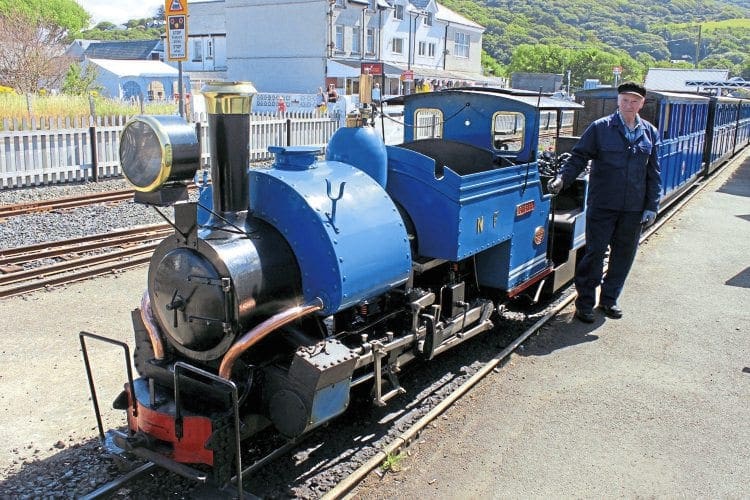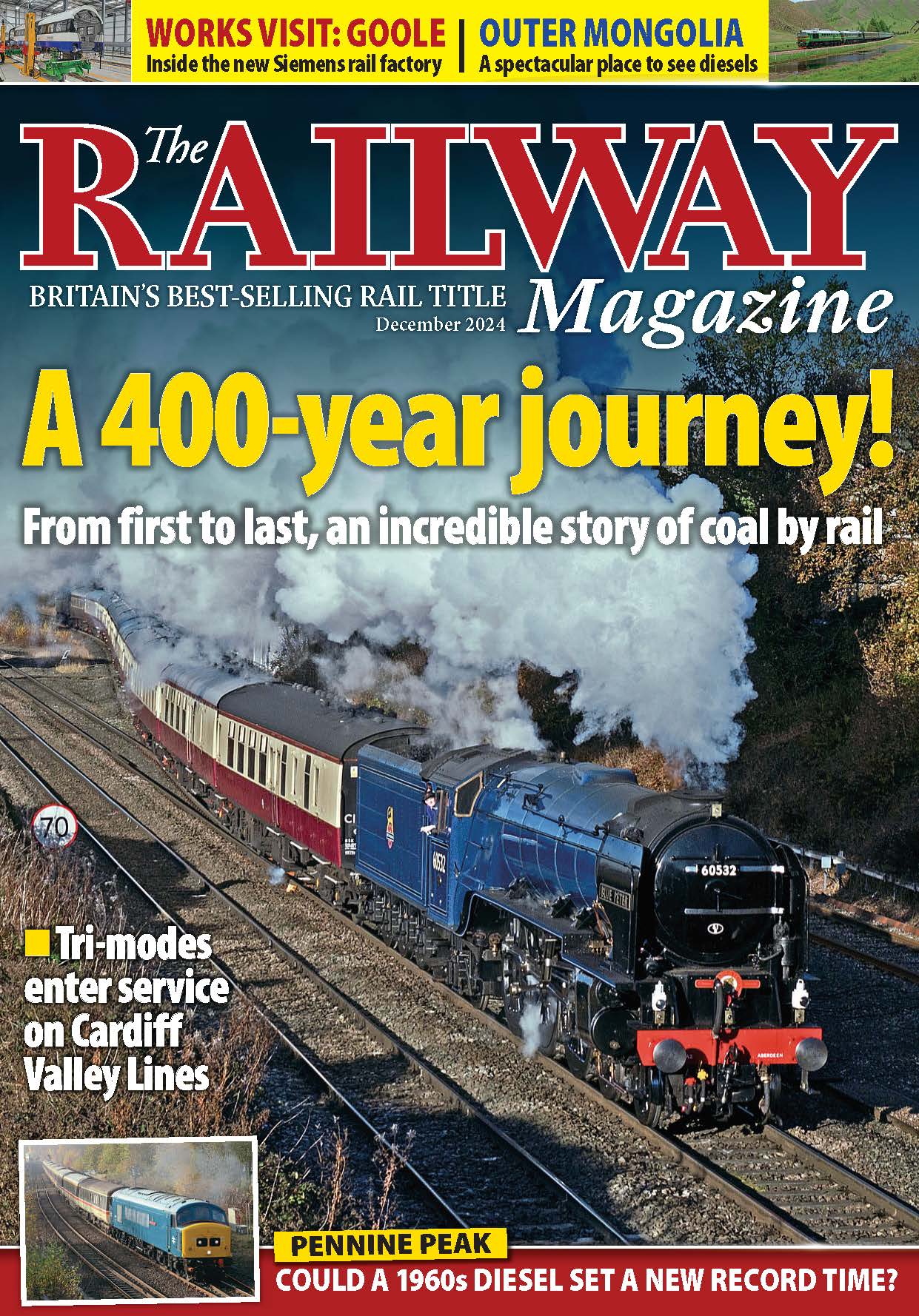Driver experience courses are big business for heritage railways, and it provides the opportunity for men and women of all ages to drive steam or diesel locomotives in controlled conditions. Nicola Fox takes a look at the type of courses available as well as other railway experiences that might lead to someone becoming a volunteer.

As children we are often asked what we want to be when we grow up; to a whole generation the answer to that question was “engine driver”, and the UK’s heritage railways offer people the chance to do just that. Well, for a day at least!
Railways have been offering driver experiences now for in excess of 20 years and in the case of some developing railways, this part of the business has grown so much that it can now generate up to 40% of a railway’s income. Even on the larger, more commercial railways, a day of ‘footplate experience’ packages can draw in the same amount of income as a fully loaded day of service trains.
Monthly Subscription: Enjoy more Railway Magazine reading each month with free delivery to you door, and access to over 100 years in the archive, all for just £5.35 per month.
Click here to subscribe & save
It’s safe to say that experience days have turned into a thriving part of the heritage industry. However, the line is not just drawn at steam-driver experiences; diesel-driver experiences, footplate rides, signaller for the day, guarding experiences and many more are now available at railways all up and down the UK, ranging from engines as small as the
10¼in-gauge Ernest Henry Upton, on the Eastleigh Lakeside Railway, to a Class 37 at the Mid Norfolk Railway, and mainline engines, such as ‘A1’ Tornado, on its preserved railway visits.
Read more in October’s edition of The RM




